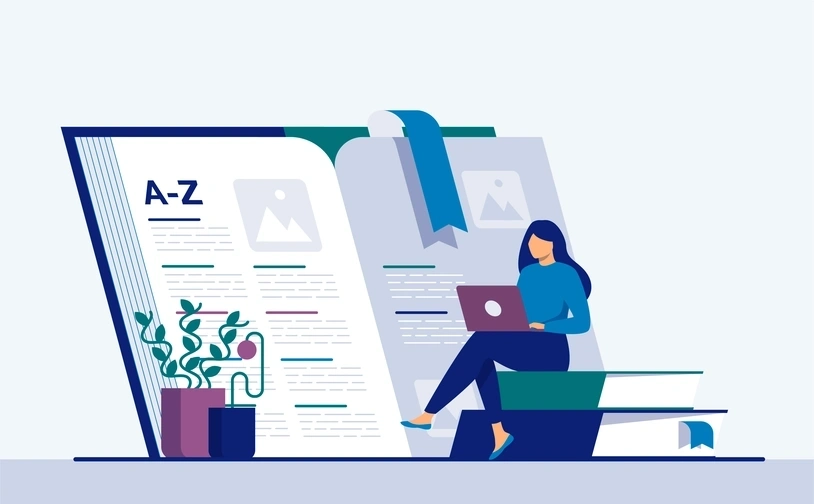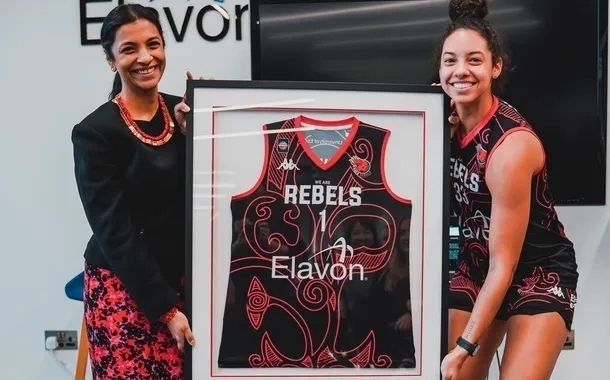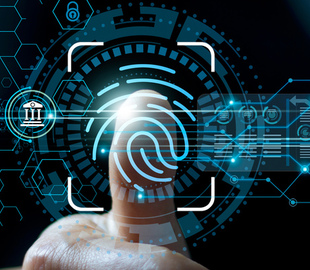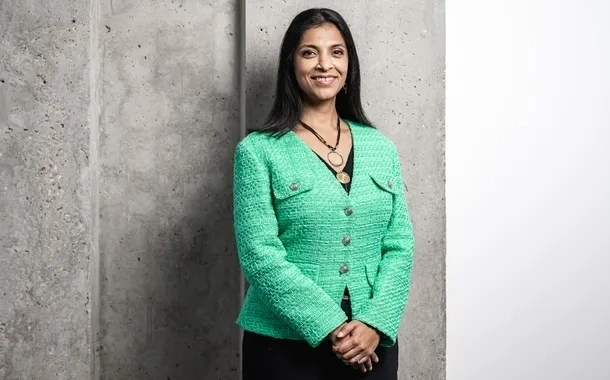When paying online, sometimes customers get redirected to their bank for extra checks. Those are 3-DS checks.
That's us! An acquirer is the business that moves money from your customer's bank to your merchant bank. For instance, when someone buys food in a shop, we take the money from their bank and give it to the shop (after a few security checks).
A bit of programming that allows two or more pieces of software to talk to each other. We use them so you can use our services on your website or with your software.
When paying with a card and it all goes through, it's been 'authorised'.
When someone pays by card, a request gets sent to their card issuer (see card issuer) by the payment processor to check the transaction and authorise it. They send a code back to the till, so the payment can go through. It all costs money for the payment processor and that gets passed on to you, the merchant, as a fee. You might see it shortened to 'auth fees'. See also acquirer.
The way lots of different payments get grouped together to make it easier to process and settle those payments. So, a restaurant might comine all the payments they take each day and submit the combined batch to us, rather than sending us each individual payment.
Buy now, pay later. It’s when someone agrees to pay for something over a few months or years rather than in one big go. You see it more and more these days towards the end of the process when you’re buying online.
when paying for something over the phone, email or through mail order, it’s known as a ‘Card Not Present’ purchase. Buying online is classed as eCommerce, so neither Card Present nor Card Not Present. And everything else is ‘Card Present’. See also MOTO below.
These are the companies that provide the payment networks allowing for card payments. The most common are Visa, Mastercard, American Express, Discover, JCB and China UnionPay. They also set the rules to keep the system running and safe.
Not to be confused with a refund. If someone questions a payment on their card statement and then claims the money back through the card-issuing bank or credit card company, that’s known as raising a ‘chargeback’. It’s often because they suspect fraud which will then trigger an investigation into whether it really was fraudulent and, if so, who should pay back the money as well as any fines. A refund is between you and your customer but, because it leaves you out of pocket, the two terms are often mixed up.
‘Boarding’ or ‘onboarding’ is just what some businesses call welcoming a new customer on board. (We prefer to call it… welcoming a new customer on board.) Sometimes the process happens entirely online, which is known as digital boarding.
When paying for something abroad and the card machine asks if the customer wants to pay in their home currency or the local one.
When buying or selling online.
When you pay for something, we turn all your cardholder information into code to keep it safe for as long as we’re using it.
A bundle of tools and security measures to help you spot and stop fraud.
A piece of software that lets you take payments in real time, so you can improve your cash flow.
A card machine that’s in a fixed location, like a restaurant or shop counter. This is where cards are swiped/inserted/tapped or your phones and watches for Apple or Google Pay.
A group of all the credit and debit card payments you take in (usually) a day. We go through the batch and make sure all the money goes to your bank.
When money moves from the customer’s bank account to yours or vice versa, with us in the middle checking and moving the funds.
A clever bit of software that sits on your website and lets you take online payments.
Linking a merchant’s payment system and our processing platform.
Independent Sales Organisation. This is a go-between for us and some of our customers, promoting what we do and sometimes giving them extra help with things like customer support.
That’s you! Someone or something who sells goods or services.
Mail order/telephone orders. When you take payment details over the phone or by mail rather than in person or online.
Lets you take payments in different currencies, from customers using a foreign payment card. It means easier spending for the customer and more sales for you.
When the same person or business sells goods or services online and in a physical shop.
A service we offer, where a merchant tells us which payments don’t need TRA, and we then send that information to the issuer.
Point to point encryption. When a card or mobile device is used to pay for something, the data is encrypted and passed to us. From there, we decrypt and process the payment. It makes payments safer by stopping anyone else from trying to steal your data while it’s being passed from point A to point B.
If your business website doesn’t have a conventional way to buy online, we can provide a web link that sends your customer to a payment page instead.
Payment Card Industry Security Standards Council. They set the international standard for security in the payments industry. If you store, process or transmit cardholder data you must meet PCI standards. This is known as being ‘PCI-compliant’.
Often used as shorthand for a POS device, which is a till. POS is the moment a customer buys something, so the POS device is what’s used in that process. Modern POS devices, often called ePOS, can help with stock control, payments, records and much more. They can sometimes take card payments too. See terminal.
In the hotel sector, companies ‘pre-authorise’ payments for things that a guest puts on their room, like food and drink. The amount is approved before anybody knows what it’s going to be.
When we compare the payments in our system with the ones your business has recorded.
A requirement from the EU that keeps card payments safe when paying online.
A payment gateway that lets you manage your transactions in one place.
A card machine. Where your customer taps their card, enters a PIN or waves their phone to pay for something. Sometimes it’s part of an ePOS system (see POS), sometimes it’s a separate machine.
If you want to store a customer’s payment information, we can turn the information into a unique set of characters called a token. That way the information’s protected against data breaches as you don’t keep any actual information.
When something is paid for.
A system that detects whether a transaction is low or high risk and, if it’s low, exempts the transaction from more scrutiny. It all makes the checkout process a whole lot quicker for you, without exposing you to risk.
One of the largest banks in the United States and our parent company.
A feature that lets you take payments securely online. You can use it on any device that’s online, instead of needing to use a physical card machine.









